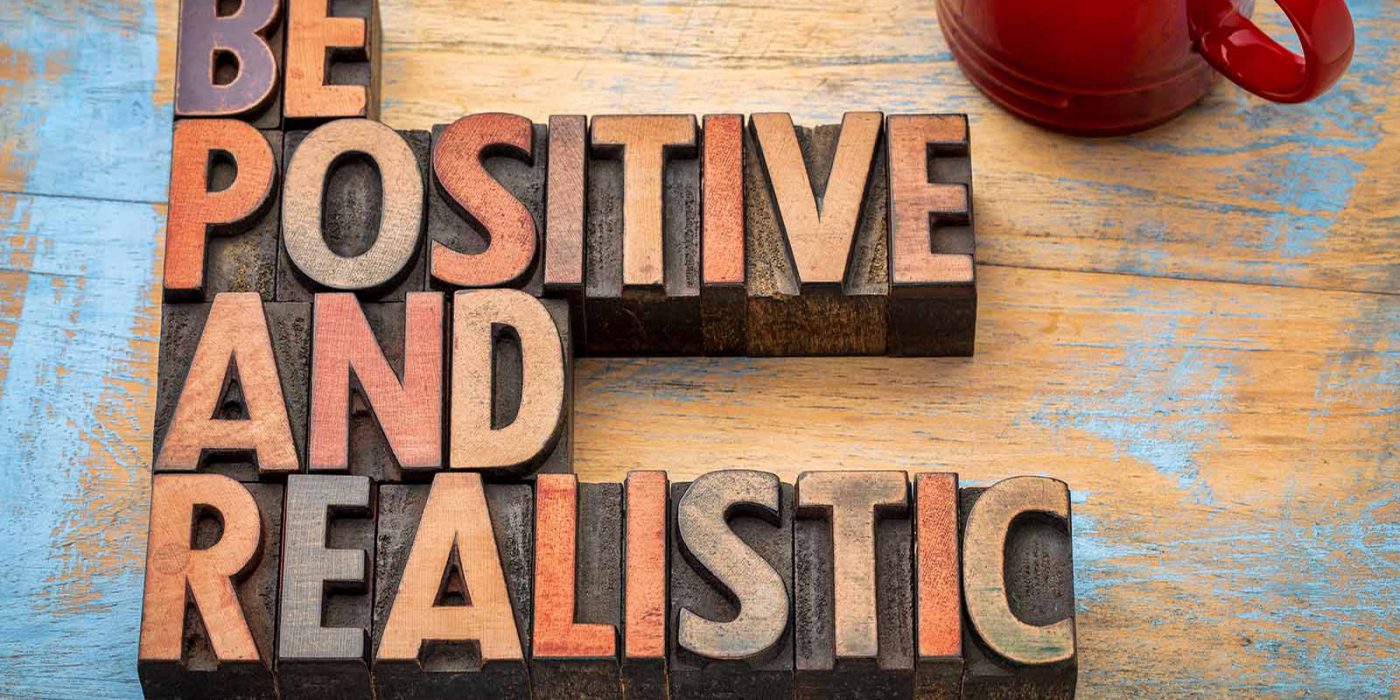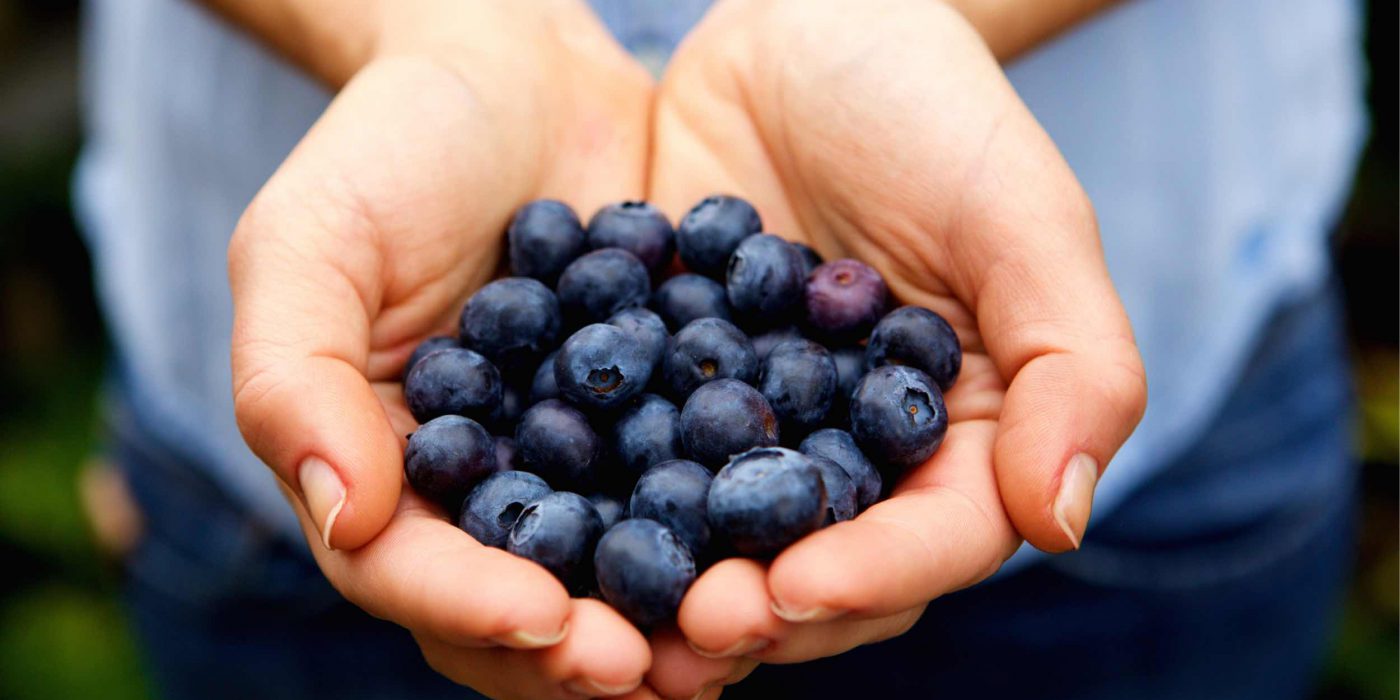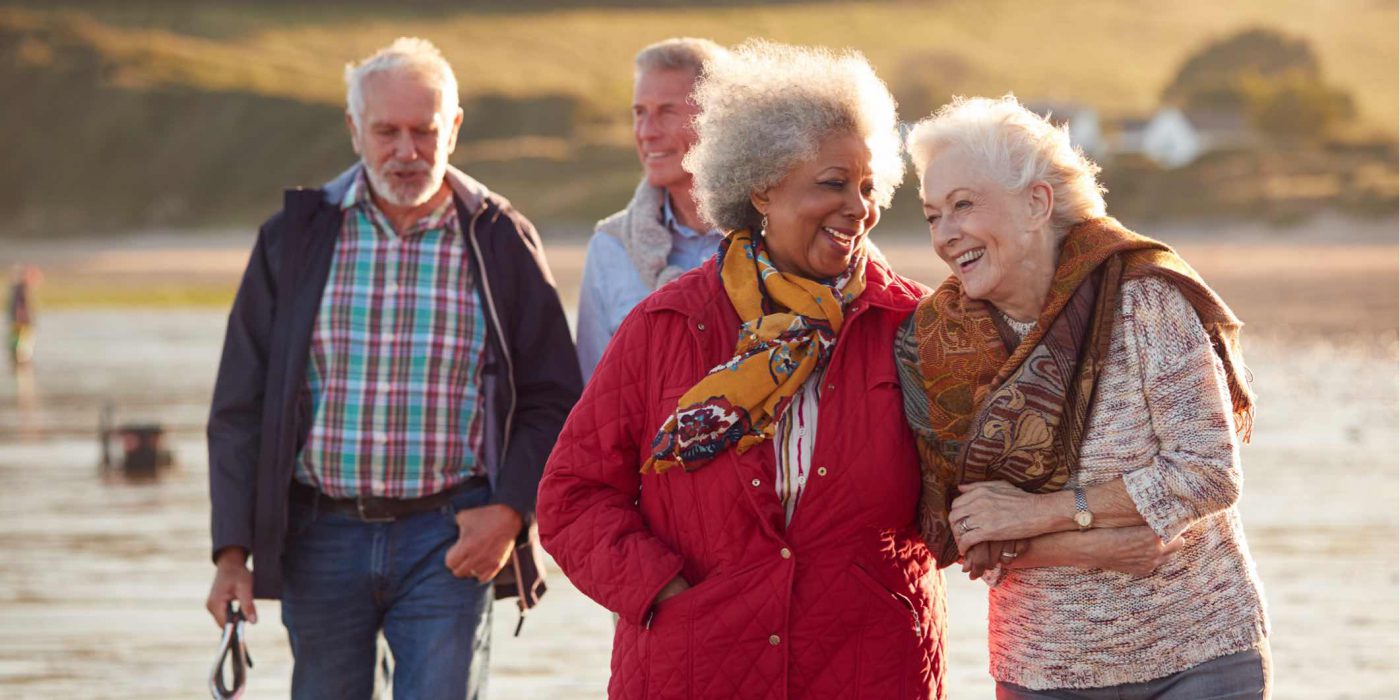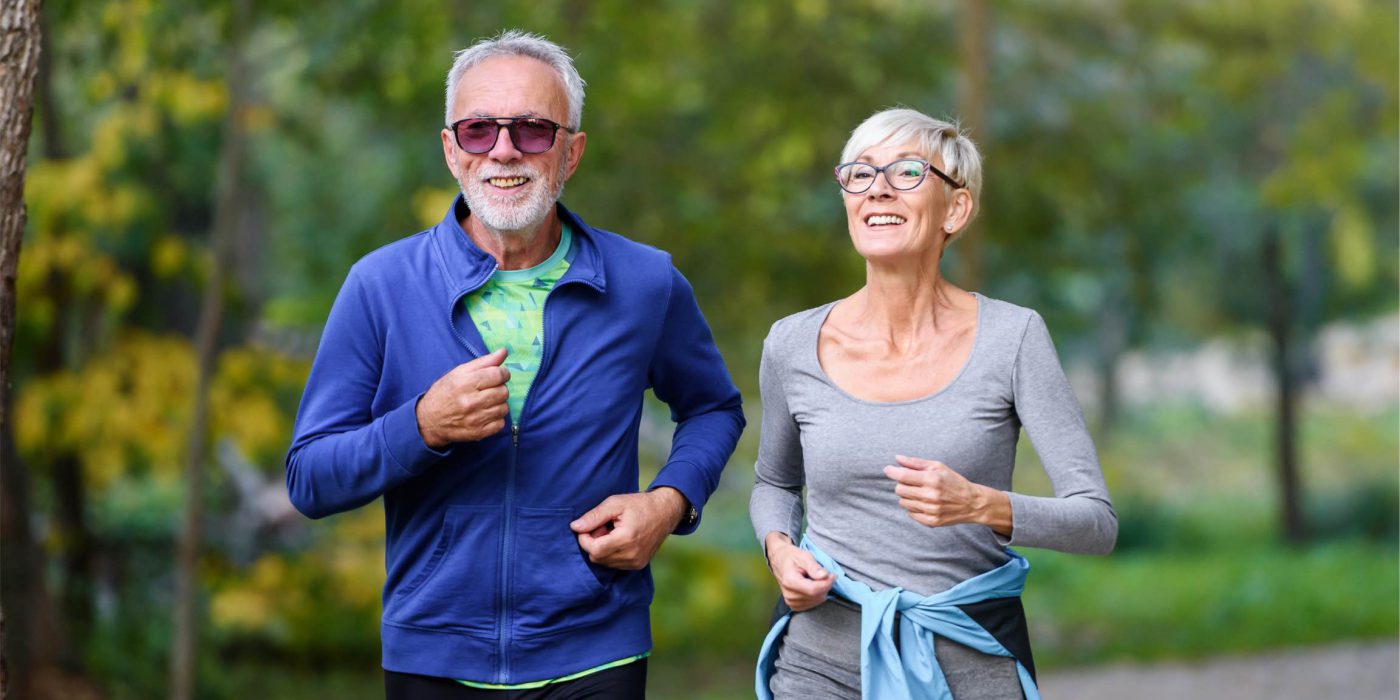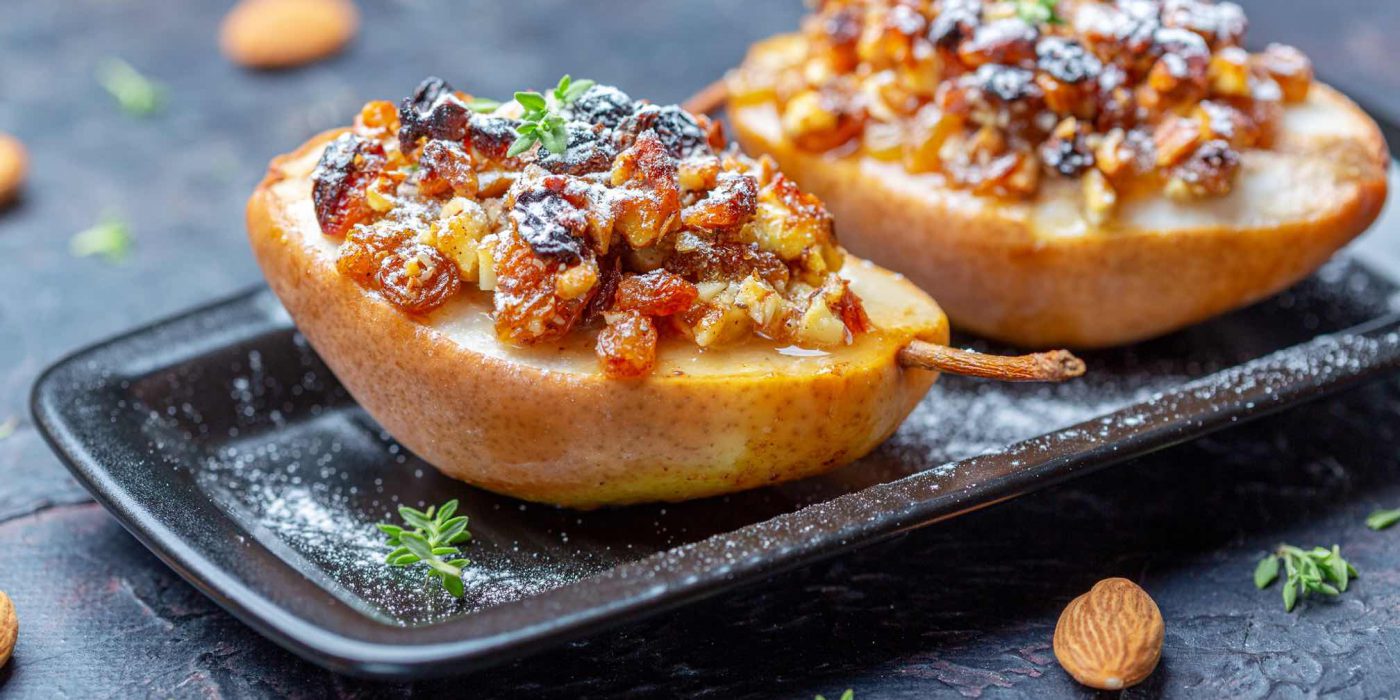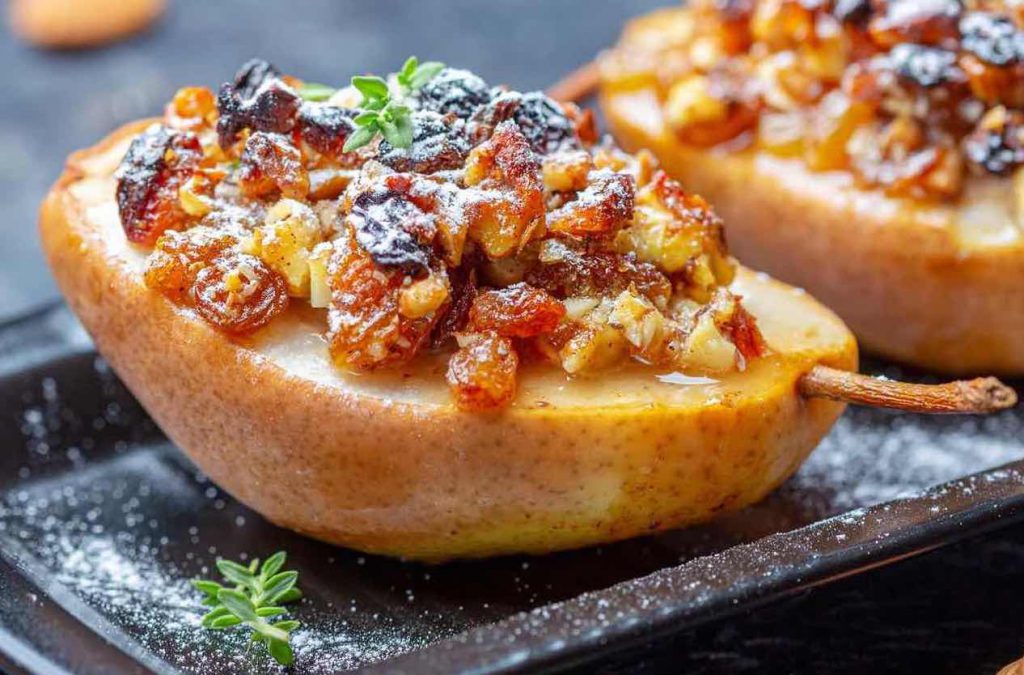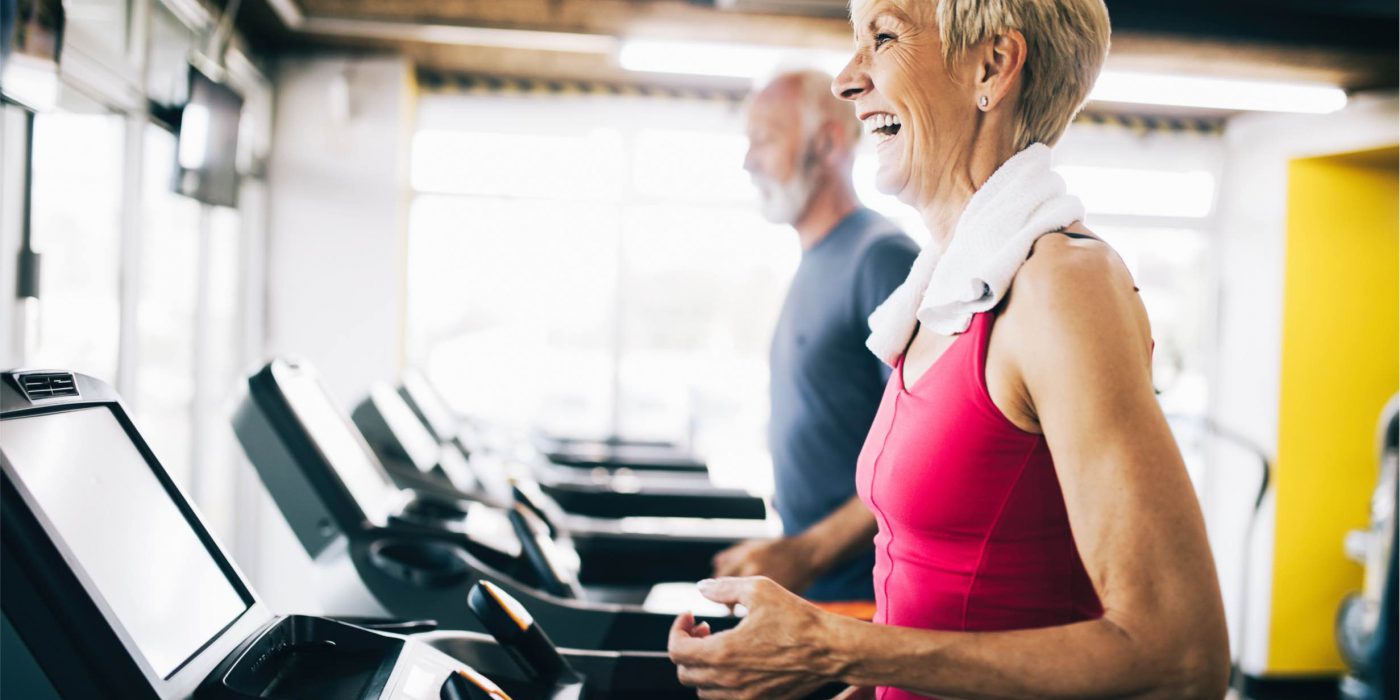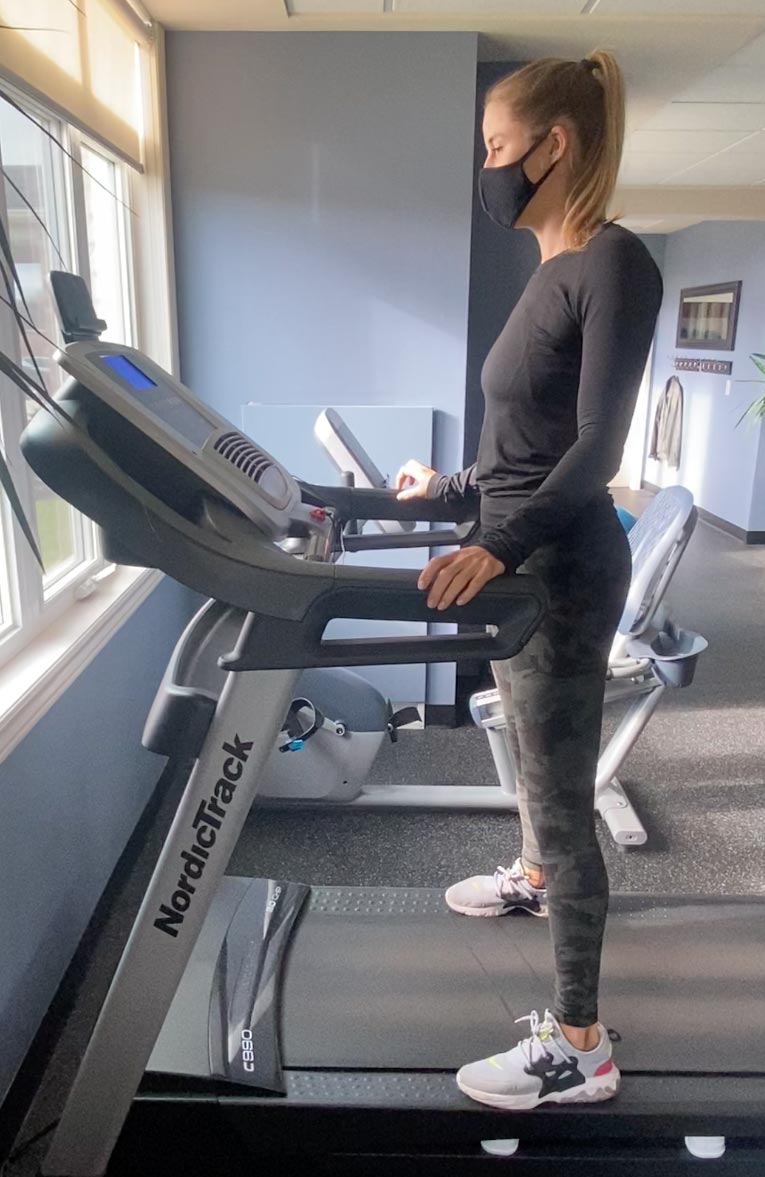Cultivating Optimism For Good Health And Longevity
These last few years have been a little confusing for optimists like me. There’s a sense that we’re not on firm footing; Pandemics will do that. This roller coaster ride has reminded all of us that we’re not in charge of life’s events but we need to remember that we are in charge of how we respond to life’s events. We can choose to be skeptical, cynical, fearful or we can choose to be optimistic despite the evidence in front of us.
How we respond to difficult situations has a wide ranging impact on us emotionally, physically and spiritually. How we think influences how we feel and over time, how we feel has an effect on our physical health through chemical interactions in our brain, which is connected to every part of the body. So the question is: what is the message you want your brain and body to share?
I get it. We’re not all naturally optimistic but we can learn how to nurture more positivity in our lives and we have excellent motivation to do so. Research tells us that optimistic people have a better quality of life and tend to live longer. Skeptical? Then this blog is for you.
Recent studies conducted at the Montreal Heart Institute show a relationship between optimism and a decreased risk of cardiovascular events as well as a longer life span for optimistic patients, while studies at Carnegie Mellon University in the US show lowered risk of return hospitalization for cardiac bypass surgery patients, who were deemed optimistic.
If you’ve read this far, you’re likely curious about how to increase optimism in your life and by association, you’re choosing to improve your physical health. Optimism isn’t measurable the way we measure blood levels and obvious physical outcomes but there is speculation that optimistic people have healthier habits than pessimists. It’s also suggested that optimists have stronger social connections, are more likely to exercise and more frequently follow medical advice. It should also be noted that it’s perfectly fine to have days when we feel discouraged; it’s just not where we want to stay, if we’re looking to be more optimistic.
So how do we turn up optimism in our lives?
Start with small shifts in your attitude by allowing optimism in. Watch for opportunities to interact with people you see as optimistic; their generous, positive energy will help get the process started. Where perhaps you may have dismissed them in the past, see them as your teacher and be open to receiving their kindness.
Don’t forget to give positive feedback. Most people are reminded by others when they make a mistake but it’s just as important to share positive feedback.
Be mindful of what you’re consuming in the media. Too much News can fuel fear and while it’s important to be informed, make sure to limit your exposure and find resources that make you feel lighter: watching uplifting videos or movies, enriching your day with upbeat blogs, books or television shows.
Watch what you say. It’s easy to be critical and our thinking habits are tenacious. To increase optimism we have to become mindful of the negativity we put out into the world and make the choice to shift what we say to something more optimistic or positive or say nothing. If you’re in conversation with someone and you feel their negativity, I find the best strategy is to just listen without getting into it with them. I also like to say “I’m sorry you feel that way” because I am sorry they feel that way but it’s not my job to correct them or to instruct them. We are all free to think and say what we want but I don’t have to participate in negativity and gossip; I can turn it around by being kind and compassionate. When I come across negative, critical people I recognize that it’s fear speaking and I say to myself “if there’s no audience, there’s no show.” In other words, if I don’t engage in the gossip or negativity the conversation will either end or change course.
Use role models as mentors. Think of people who you consider to be optimistic in your social network, workplace or even on television. When you find yourself challenged by a negative or cynical response to something, ask yourself: what would that person do or say? Then try doing or saying that; it’s another way to let more optimism in.
Look for the good. It’s so easy to find something wrong with just about everything; optimists invest their energy in looking for the good. It’s there in every situation but sometimes we have to look carefully. Ask yourself: what is good about this day? Your brain will go looking for the answer. It’s also helpful to ask yourself what you can learn from challenging situations instead of letting disappointment win. There’s always something to learn that will benefit you in the future.
I want to encourage you to embrace the process of becoming more optimistic even though it’s uncomfortable; even though it may go against deeply engrained habits. We all have negative thoughts, we’re human; it’s what we do with them or about them that makes a difference. I like to remind myself and others that we are all beautiful works in progress and every day, every minute is a new opportunity to learn and grow. There’s no instant fix but the investment you make in yourself by inviting more optimism into your life will improve your overall happiness and allow you to collect more hopeful thoughts about the future.
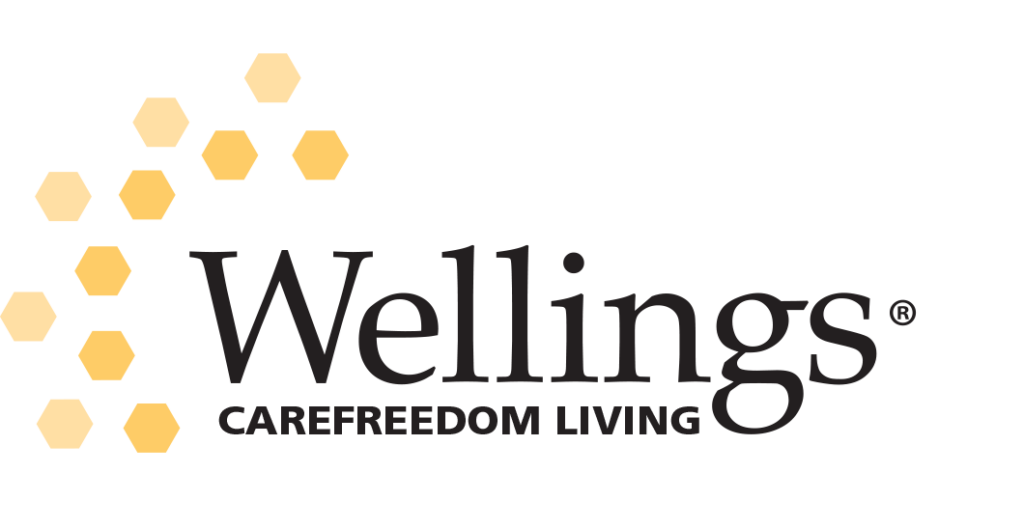
This Wellings blog by Kathie Donovan was exclusively written for Wellings Communities and appeared first on MyWellings.com.

